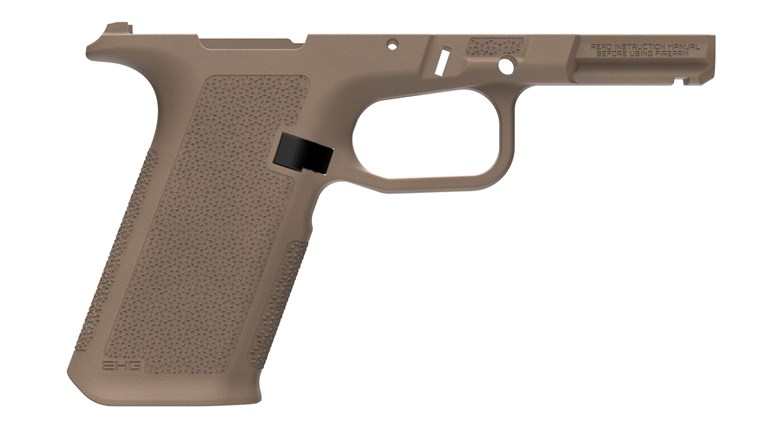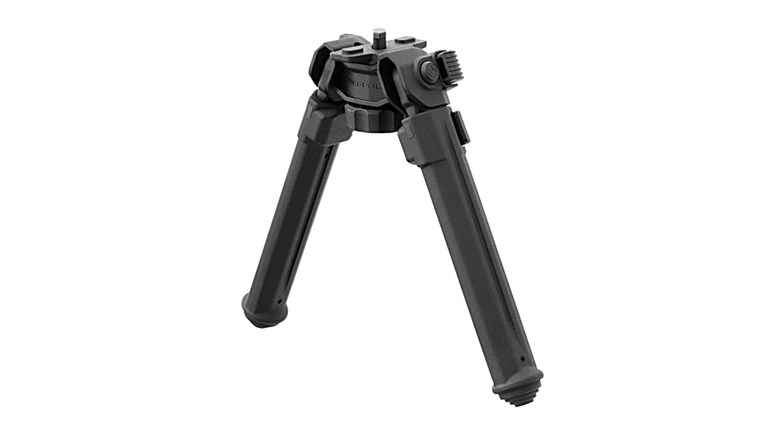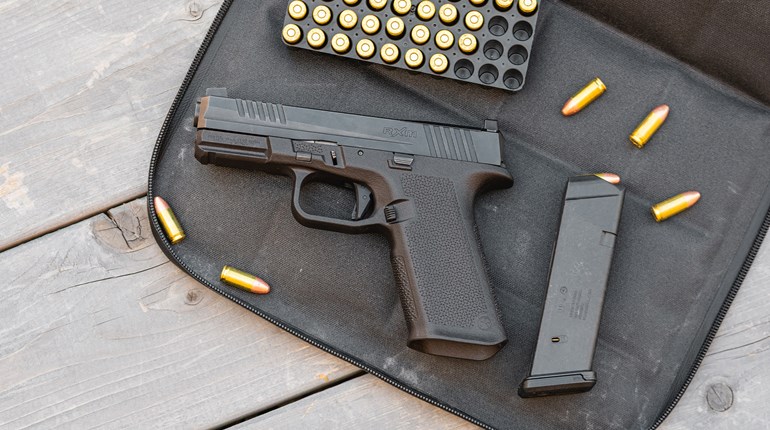
Magpul has become a legend in a short 25 years, developing an enviable reputation for innovation and uncompromising quality along the way. It officially launched in 1999, although company founder Richard Fitzpatrick recognized a need for the firm’s initial product back in 1991, while serving as a member of 3rd Recon Battalion in the Marine Corps.
Most U.S. combat troops began adding paracord and duct tape to the bottom of magazines to improve reload speed in Vietnam. They continued to do so while Fitzpatrick was in uniform because a reliable alternative never appeared. When he left the service, though, he invented a combat-tough, rubberized system to fulfill the same mission. That year was 1997, but he still needed a method of reproducing the device in volumes large enough to meet even a modest order. So, he purchased an injection mold and began making the magazine pulls in his Colorado garage.
Two years later Magpul (short for magazine pull) officially launched, showcasing its inaugural product at the National Defense Institute Small Arms Symposium. It garnered attention, but not a single sale. News spread, though, and discretionary unit orders staggered in. Competitive shooters followed, then recreational shooters. Feedback was positive and more innovative products emerged, including the M93 stock. The Marine Corps purchased 100 of them in 2002. The next year the company moved out of Fitzpatrick’s garage.
The Ranger Plate, MIAD grip and more were introduced, but it wasn’t until 2007 that the legendary PMag (Gen 1) hit the market. Its rugged, polymer construction quickly caught the attention of shooters, including the military. Sales were solid, but resting on its laurels isn’t part of Magpul’s operational plan. The EMag to fit other STANAG-compliant rifles followed two years later. In 2010, the United Kingdom’s Ministry of Defence placed an order
for a staggering one million units.
By 2012 Magpul had more than 200 employees and was planning the expansion of its Boulder, CO, operation. Meanwhile, the state legislature set its sights on banning what it termed “high-capacity magazines.” The company, along with others in the firearm industry, promised to move its jobs elsewhere if the measure passed.
The measure did pass, but before it became law Magpul held the “Boulder Airlift.” Production was increased on standard-capacity AR-15 magazines and priority given to Colorado residents ordering early enough for the purchase to qualify under the law’s “grandfather” clause.
The company then began searching for a new location for its factory and headquarters. Manufacturing, shipping and distribution moved to Cheyenne, WY. Austin, TX, is now home to Magpul’s corporate offices.
When it comes to magazines, however, that’s where the company legend thrives. A large part of it is because the Marine Corps adopted the Gen M3 PMAG in 2017, with the Army listing it for general procurement the next year.
In its 25 short years, Magpul Industries has established itself as an industry leader, one that stays the course in turbulent times. It’s one of those American success stories worth celebrating.





































